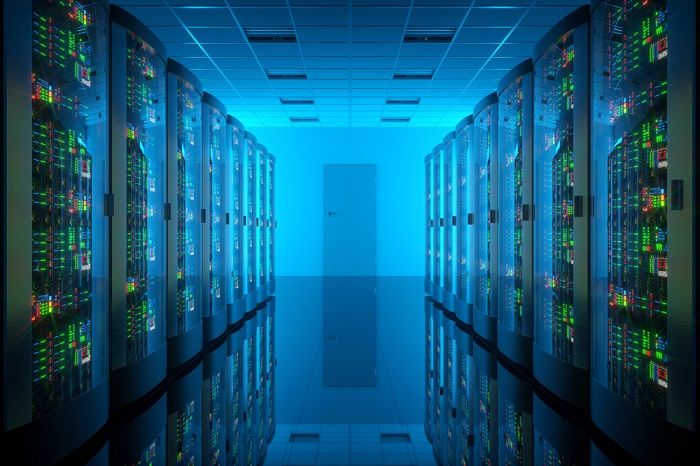Sure! Here’s the translation:
In a digital environment where connectivity is critical for business continuity, choosing the right data center is a strategic decision. One of the most valued features by tech companies, cloud operators, and digital platforms is carrier neutrality. But what does it really mean, and why is it gaining so much relevance in 2025?
Definition: Carrier-Neutral Data Center
A carrier-neutral data center is a facility that allows its clients to connect with multiple telecommunications and network service providers. Unlike data centers managed by a single operator, these spaces are not tied to a single network, which gives clients complete freedom to choose their connections.
In essence, carrier neutrality represents freedom of choice, redundancy in connectivity, and better economic conditions.
Key Advantages of a Carrier-Neutral Data Center
1. Redundancy and High Availability
In today’s digital world, downtime is unacceptable. By having multiple carriers available within the same data center, companies can set up redundant connections that ensure service continuity even in the event of network failures.
If one line experiences an interruption, traffic can be transparently redirected through another carrier without affecting critical services.
2. Flexibility and Scalability
As a company grows or changes its business model, its connectivity needs may evolve. In a carrier-neutral environment, switching providers can occur without the need to physically migrate servers or move infrastructure.
This is especially useful for companies that require specialized services such as low-latency networks, international connectivity, or integration with public cloud platforms.
3. Competition and Cost Savings
A data center with multiple carriers creates a competitive ecosystem within the facility itself. This translates to:
- More attractive and negotiable rates
- Enhanced service quality (SLA)
- Greater innovation from providers
With several operators competing for the same customer base, prices tend to adjust, and services improve.
Interconnection and Cross Connects: Keys to Efficiency
Within these centers, cross connects — physical connections between racks or clients inside the data center — allow for direct, private, low-latency links between companies, cloud providers, content platforms, or financial systems.
Interconnection facilitates:
- Low response times
- Greater security in data transfers
- Savings on IP transit costs
- Access to service ecosystems (cloud, CDN, Fintech, etc.)
Who Needs a Carrier-Neutral Data Center?
Companies from diverse sectors such as banking, e-commerce, streaming, telecommunications, artificial intelligence, and financial services find competitive advantages in these environments:
- Content Providers: Can distribute traffic through multiple carriers simultaneously.
- Multicloud Companies: Directly connect to multiple public clouds (AWS, Azure, Google Cloud, etc.).
- Startups and SaaS: Avoid vendor lock-in and can scale without restrictions.
- International Companies: Optimize global connectivity and regional redundancy.
Frequently Asked Questions About Carrier Neutrality
What is a cross connect?
It is a physical connection within the data center that links two parties (client–carrier or client–client) directly without needing to go through public networks.
What does interconnection in a carrier-neutral center imply?
It means you can establish private links with multiple tech players (network providers, cloud, CDN, etc.) in a closed, secure, low-latency environment.
Does carrier neutrality influence cybersecurity?
Yes. By allowing direct connections and avoiding transit through the public internet, the attack surface is reduced, and traffic control is improved.
Conclusion: Freedom, Efficiency, and Resilience
By 2025, carrier-neutral data centers are not a marginal option but an essential element for companies prioritizing connectivity, resilience, and scalability. The ability to choose from multiple providers, negotiate better rates, and build more resilient network architectures makes this model a safe bet for the present and future digital landscape.
Infrastructure is no longer just about space and energy; it’s about control, connectivity, and strategy.

